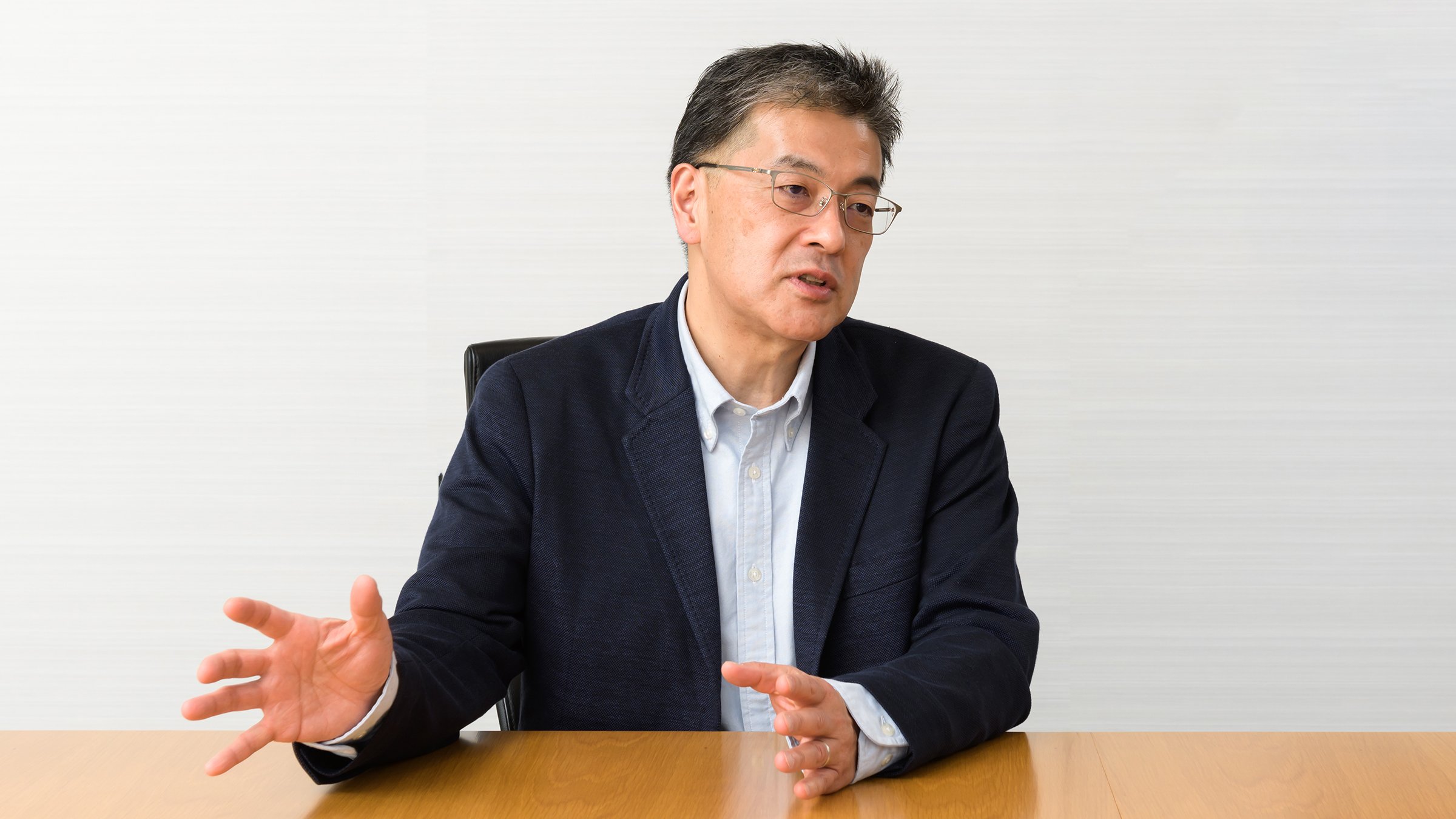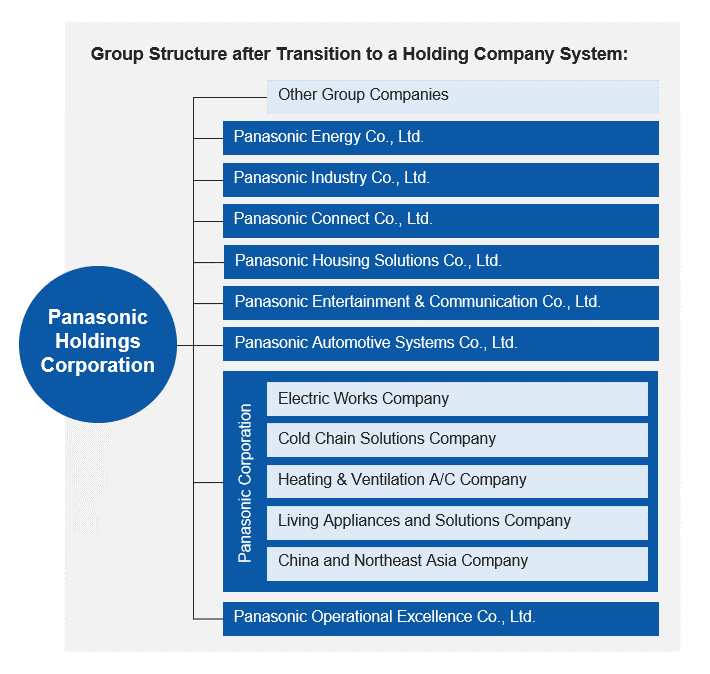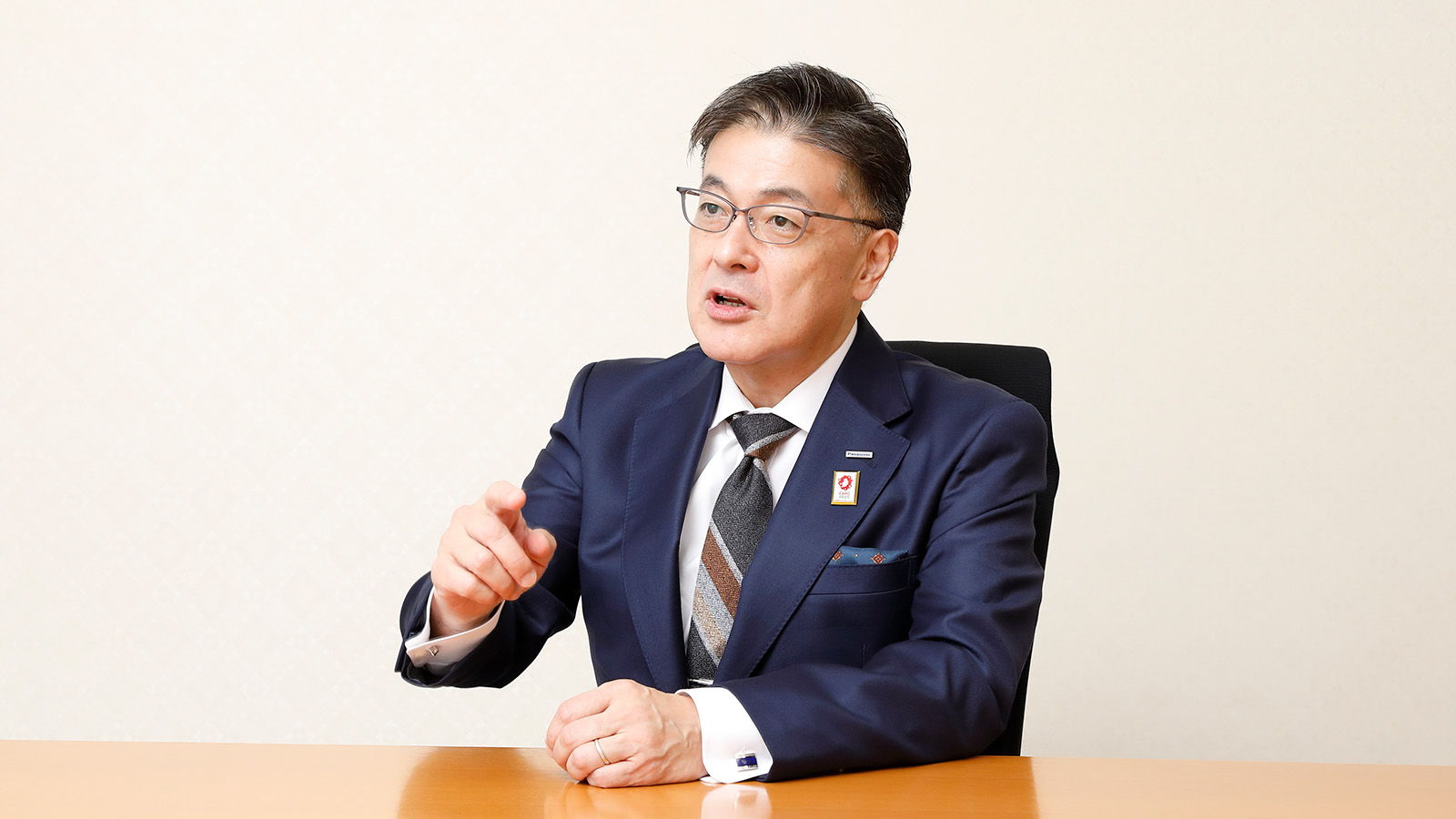
The next twelve months will be a year of transformation for Panasonic Corporation--commencing with a change of leadership this month and culminating with the transition to a holding company in April 2022.
After guiding Panasonic's return to profitability and positioning the group for sustainable growth under a new business model, Kazuhiro Tsuga stepped down as CEO on April 1. His successor is Yuki Kusumi, who has an R&D background and led Panasonic's television, white goods and automotive component businesses. Following the annual general shareholders' meeting (AGM) on June 24, Kusumi is expected to also be confirmed as president and representative director while Tsuga will become chairman of the board.
The transition to a holding company is due to be formally approved at the same AGM. Under the new structure, clearly defined responsibilities and faster decision-making will allow the global Panasonic organization to more flexibly adjust to changing business environments and emerging opportunities.
Let's take a closer look at Yuki Kusumi, his vision for Panasonic and the change to a holding company.
Yuki Kusumi entered Panasonic Corporation in 1989 following graduation from Kyoto University Graduate School's Faculty of Engineering. He was involved in the research and development of software technology, contributing to the launch of digital broadcasting, before starting a two-year term as the head of Panasonic's European R&D Center in London (UK) in 2002. After positions of responsibility at Panasonic AVC Networks, Inc. and Appliances Company, he joined the Automotive & Industrial Systems Company in 2018. He was named CEO of the newly established Automotive Company in April 2019, and highlights of his tenure include initiating an automotive battery joint venture with Toyota Motor Company. As leader of the Automotive Company, Kusumi focused on adapting the experience and know-how of Panasonic's consumer electronics to offer innovative technologies and solutions for changing lifestyles, reduced driver load and environmentally friendly vehicles.
In a video message to employees on April 1, Kusumi said: "As CEO, I will commit myself to removing constraints on your efforts to be competitive. When it comes to accelerating business development, you will have my maximum support."
One constraint is open communication. A key goal for Kusumi is to promote a corporate culture that allows anyone to speak their mind. As a first step he has asked his colleagues to refer to each other by name ("Kusumi-san") rather than title ("CEO Kusumi") and to avoid the overly polite Japanese typically used by staff when addressing higher-ups.
"I understand that referring to someone by their title--Director or General Manager--can be a sign of respect, but some (probably most) people don't necessarily like this custom. I think it also makes people overly conscious of an individual's rank and that becomes a barrier to open communication."
Kusumi distilled the key takeaway of his career: "I've worked for a variety of businesses--from audio visual equipment, consumer electronics and bicycles to automotive batteries and devices. From that experience, I learned a powerful lesson: if you can't compete, your business will die. Our industry sectors may have growth potential, but unless we can compete, we're not going to be the choice of customers or society."
Kusumi will dedicate himself to working with each business to improve and strengthen their competitiveness. "A structure that fails to reflect actual business conditions has its limits. The fundamental goal of the Group-wide reorganization is to promote fully autonomous management. This means that each business will be able to set its own rules and platforms based on actual business and market conditions."
In the current mid-term strategy (2019-2022), Panasonic's vision for 2030 is to break away from low-margin businesses and position the company for future growth in higher-margin sectors. Despite the impact of the novel coronavirus pandemic, Panasonic continues to make progress toward this goal. When the current mid-term strategy wraps up in March 2022, focus will shift to refining the competitiveness of each individual business under the new holding company structure.
"Why do we have to change the shape of the Group to become more competitive? The reason is clear if we revisit our Founder's management philosophy. Under the Basic Management Objective, we have devoted ourselves to 'progress and development of society' and 'enhancing quality of life throughout the world.' Regardless of the changes taking place in society--and they are significant--this mission remains our ultimate purpose. Competition is the key to realizing our contribution to society. We must be unrivaled in our work, must offer good value to earn the trust of customers, and must ceaselessly sharpen our businesses."
"Specializing and Sharpening" means identifying core competencies and refining their competitiveness
Kazuhiro Tsuga coined the term "specializing and sharpening" and it refers to identifying a specific business' core competency and then refining its competitiveness in that narrowly focused area.
In a society characterized by rapidly changing needs, competitiveness and agility are essential. Critical to both is a front-line perspective. Under the new holding company structure, Panasonic will transfer authority to the front lines and transform into a strong group capable of competing with specialized manufacturers. "Offering unrivaled products and services will inevitably generate better bottom-line results," said Kusumi.
Let's take a look at the planned holding company structure. Panasonic Holdings will be established in April 2022 and eight companies will be placed under its umbrella. This chart describes the future structure of Panasonic Holdings and its subsidiary companies:
Here are the key milestones in the planned holding company transition:
- May 2021: Conclusion of absorption-type company split agreement
- June 2021: Shareholder approval of company split and amendments to articles of incorporation
- October 2021: Termination of current company system and reorganization of business structure
- April 2022: Execution of absorption-type company split and transition to holding company
- April 2022: Change of corporate name
The coming year will be one of new beginnings and new challenges. Panasonic's history demonstrates that progress and development are the result when every challenge is approached with a spirit of collaboration and a commitment to stakeholders. "I've been given the heavy responsibility of CEO," said Kusumi, "but now that I've accepted the job, I'll do my best. I look forward to working together with my Panasonic colleagues as we advance toward our goal."
# # #
Disclaimer:
We would like to note that Panasonic Newsroom is not a place to address personal Customer Service issues. Even though this is not the forum, Panasonic is always eager to resolve your concerns. Our local customer services contacts can be found at Global Support or you can see our list of Social Media Accounts to find the right channel for your queries and concerns.









